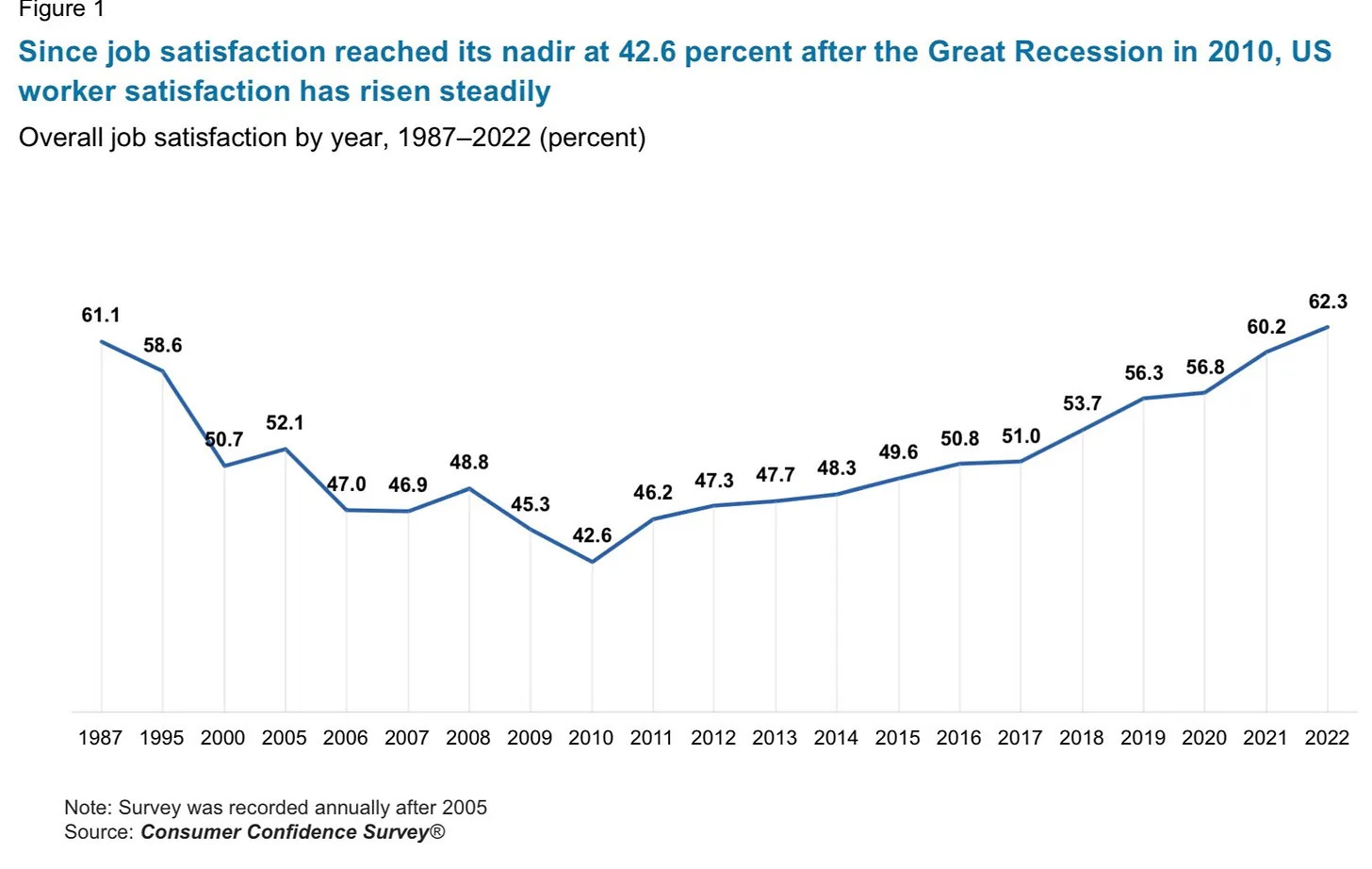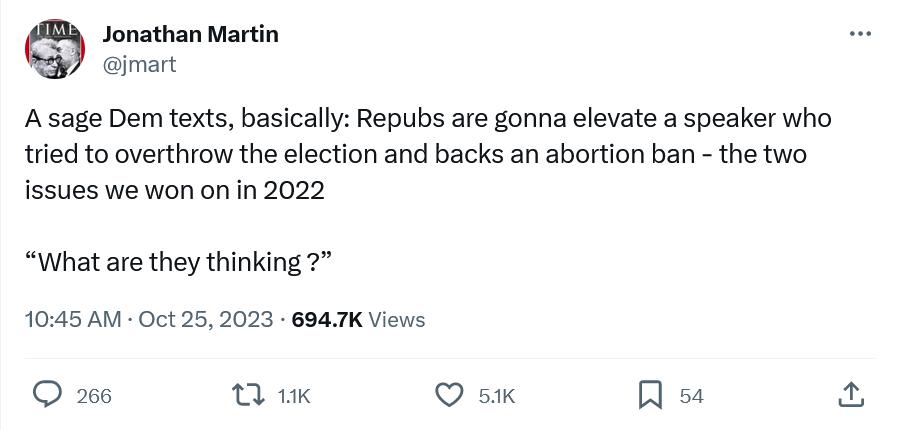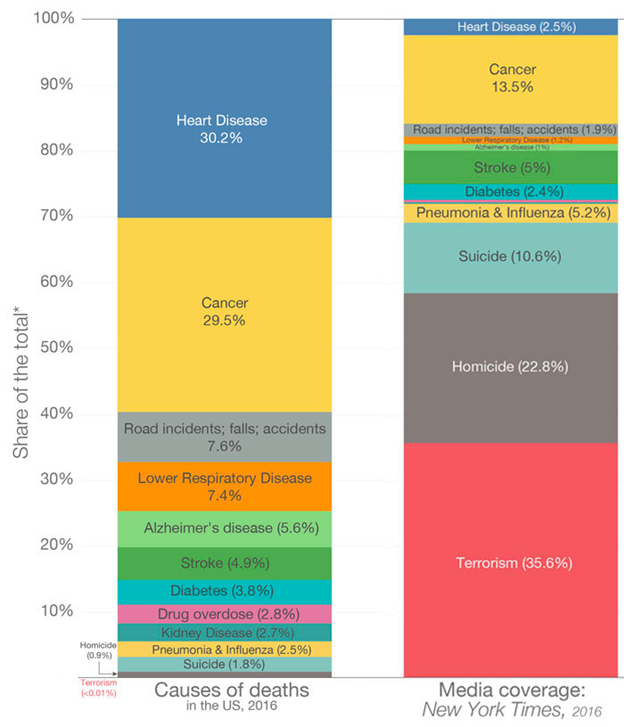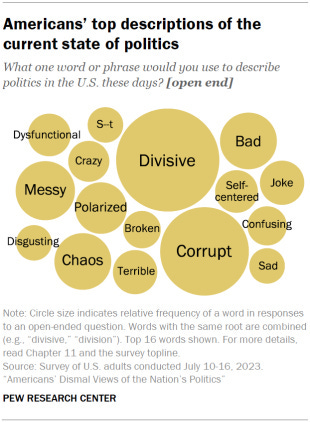The Daily Escape:

Drone view of the Bentonite Hills, UT – November 2023 photo by Hilary Bralove
Today, Veterans Day, (there’s no apostrophe before or after the “s”) honors those who served, while Memorial Day honors those who died in military service.
Wrongo served in the US Army during the Vietnam era, although not in-country. Wrongo’s dad served in the Army in France and Germany in WWII. Wrongo didn’t get to meet his dad until dad came home from France after the war. Wrongo’s Grandfather served in the Navy in WWI, captaining a small boat on the east coast of the US. It is not clear exactly how he earned the nickname “Captain Sandbar”; that story is lost to history.
With few peaceful exceptions, wars are always going strong somewhere in the world. In the many centuries of European history up to 1945, an army crossed the Rhine on average once every 30 years. War was an important occupation for all of the major nations of Europe. But, in the 78 years since WWII, they’ve not only decided to not make war on each other, Europe has become a federation that has brought peace to the continent.
At least until Russia invaded Ukraine.
But it’s Saturday, our usual day to relax and try to escape the polycrisis we’re experiencing at home and abroad. This week, Democrats had a pretty good Election Day. And while some are concerned that Joe Manchin’s retirement will cost the Dems a Senate seat, Wrongo thinks we’ll just have to win elsewhere.
He’s also reasonably certain that last Tuesday’s results show polling isn’t capturing how Americans really feel about the economy. From Simon Rosenberg: (brackets by Wrongo)
“….[here’s] a reminder of this data from YouGov/Economist and the Conference Board I’ve been sharing of late that shows far more contentedness than is conventional wisdom:
Overall, how satisfied or dissatisfied are you with the way things are going in your life today? Satisfied 64%, Dissatisfied 35%
How happy would you say you are with your current job? Great deal/somewhat 80%, A little/not at all 19%.
Do you think your family income will increase or decrease in 2024? Increase 45%, stay the same 41%, decrease 15%.
Do you consider yourself paid fairly or underpaid in your job? Paid fairly 56%, Underpaid 38%.
Here’s a chart that makes it clear that job satisfaction is higher than it’s been in 35 years!

This gives a very different sense of where people are at compared to the NYT/Siena polling on a related question: “Thinking about the nation’s economy, how would you rate economic conditions today?” The answers were Excellent: 2%; Good:18%; Only Fair: 29%; Poor: 49%; and Didn’t know: 2%.
How do you square the idea that 62.3% of people surveyed said that they’re satisfied with their job with 49% of the people in the NYT poll saying that economic conditions are poor? Nobody who’s happy at work thinks the economy is poor.
Think about where we are: Over the next year Dems are going to spend $1 billion+ to tell swing state voters what Biden has accomplished on their behalf, while reminding them how historically awful Trump and the entire Republican party have become.
That gives Wrongo hope for 2024.
And if you are still craving bad news, Republicans are almost certain to shut down the government next week. The new House Speaker, Mike Johnson (R-LA), sent Congress home a day early for a long(ish) weekend, apparently because Johnson is giving a speech in Paris?
“The New Republic reported Friday that Johnson — who still has yet to present a plan to fund the government before the November 18 deadline — gaveled the House of Representatives out of session on Thursday so he can make it to the Worldwide Freedom Initiative’s (WFI) upcoming conference in Paris, France, where he’s due to speak Friday night.”
Johnson is expected to roll out his plan to fund the government by today as Republicans aim to vote Tuesday on some sort of plan. Chances aren’t great for a clean extension of the current deal.
“The Republican party’s single biggest legislative initiative of the last three years—one championed by a Republican president and a majority of congressional Republicans—has been an attempt to overturn a free and fair election.”
The Republicans can’t get their shit together, so 8 days from now, America’s soldiers, air traffic controllers, food safety inspectors, IRS agents, border patrol and more will all go without pay. Some will be furloughed. Every government function will be effected.
They’re harming our economy and for what reason? They’re going to shut down the government because they mistakenly think it will be good for them politically.
But it’s time for our Saturday Soother, where we forget about Mike Johnson, Joe Manchin and the Israeli/Hamas war. Instead let’s find an oasis of calm for a few hours. Here on the fields of Wrong, we are still waiting for the oak trees to give up their leaves. Although they are always last to fall, this year it’s doubtful that we will be able to schedule our final fall clean-up before Thanksgiving. That’s weeks later than usual.
Now grab a comfy chair by a big window and watch and listen to J. Offenbach’s “Barcarolle”, from his “Tales of Hoffman”. A barcarolle was originally a Venetian gondolier’s song typified by gently rocking rhythms in 6/8 or 12/8 time.
Offenbach’s is the most famous example. Here it is performed by the Attika plucked string orchestra which includes eight mandolins:
Bob Dylan’s song “I’ve Made Up My Mind to Give Myself to You” from his 2020 album “Rough and Rowdy Ways” uses Offenbach’s “Barcarolle” as a riff.














